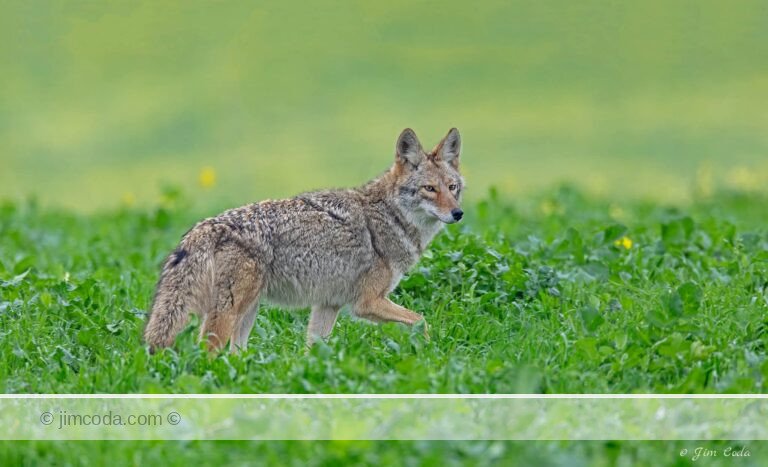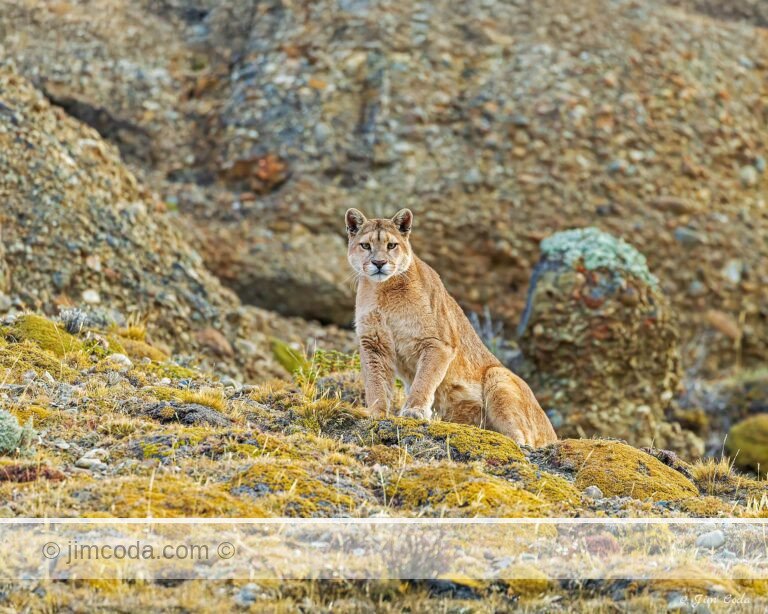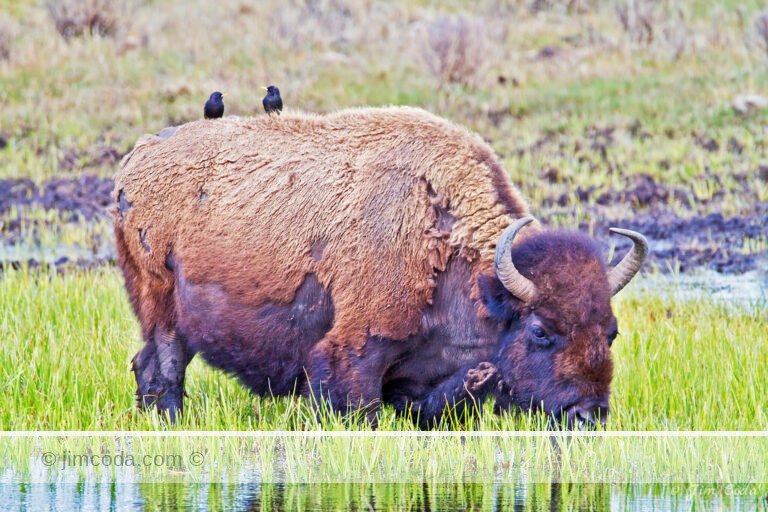Category: Fencing
Blacktail deer clears a fence at Point Reyes.
The most common way barbed-wire fences kill deer and elk...
Barbed Wire Fence Is 56 Inches High, Not the Preferred 40 Inches
On January 15 I wrote about a new fence...
New 48″ High Fence
New Fencing Along the Newly Reconstructed Section of Sir Francis Drake Boulevard...
No articles found
Prints for sale
Browse my selection of photos for sale as fine art prints
Filter by category
Sorry, no prints in this category









